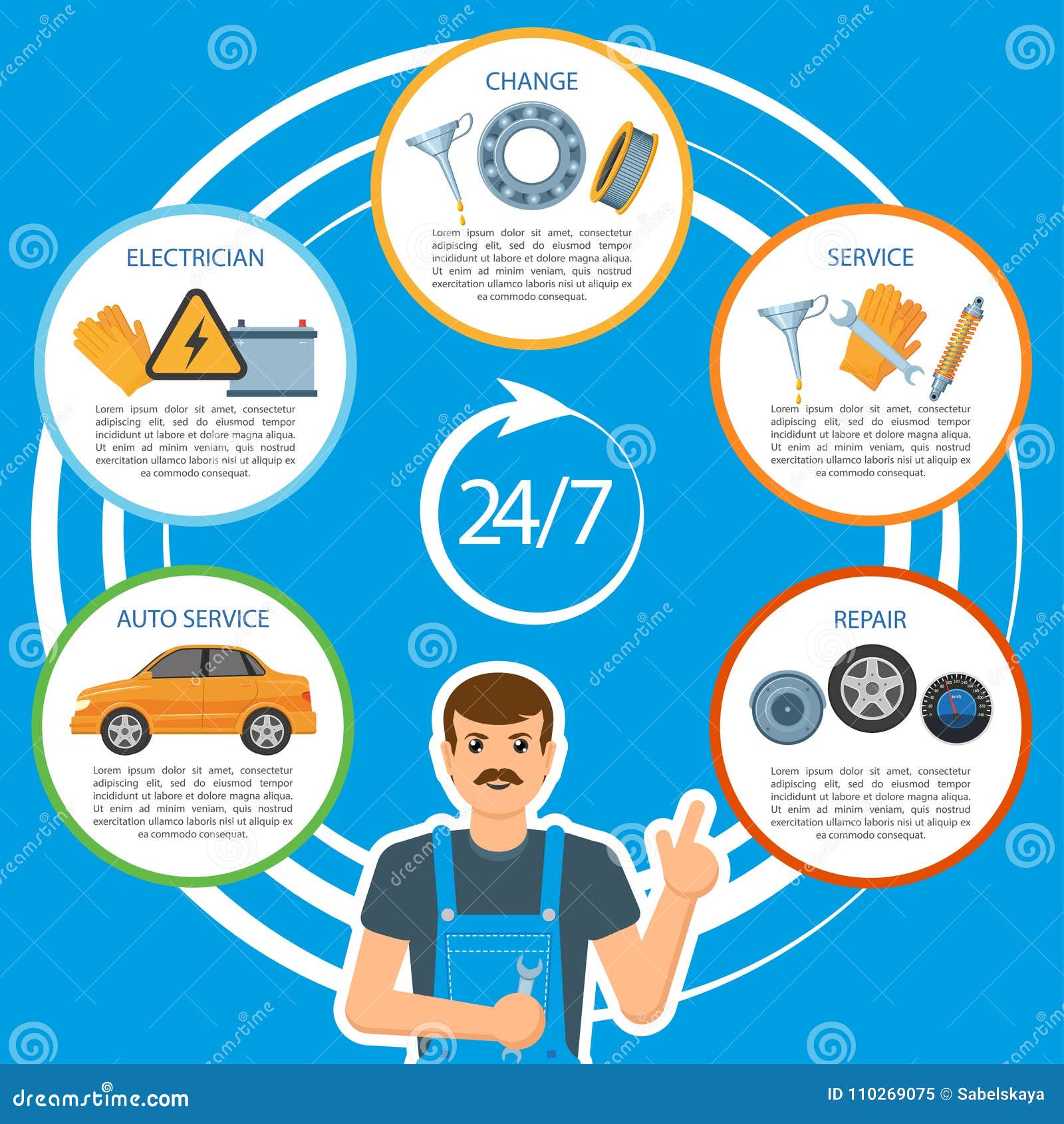Seeking Quality On The Warning Lights Displayed On Your Car'S Dashboard? Learn Exactly How They Connect To Your Car'S Health And Wellness
Seeking Quality On The Warning Lights Displayed On Your Car'S Dashboard? Learn Exactly How They Connect To Your Car'S Health And Wellness
Blog Article
Content Created By-Boye Shepherd
When you're behind the wheel, those glowing warning lights on your dashboard can be a bit bewildering. Do you recognize what they're trying to inform you concerning your auto's health and wellness? Comprehending the relevance of these lights is essential for your safety and the longevity of your car. So, the next time among those lights pops up, wouldn't you want to analyze its message properly and take the required steps to resolve it?
Common Warning Lights and Interpretations
Identify common caution lights in your car and recognize their definitions to guarantee secure driving.
The most regular warning lights consist of the check engine light, which signals problems with the engine or exhausts system. If this light comes on, it's important to have your automobile inspected immediately.
The oil pressure cautioning light indicates low oil pressure, needing instant interest to avoid engine damage.
https://ecutuning28405.spintheblog.com/31581201/expert-dialogue-essential-auto-detailing-methods-from-a-sector-professional blinking battery light might recommend a damaged billing system, potentially leaving you stranded if not attended to.
https://who13.com/news/national-news/utah-bank-flagged-for-issuing-189-interest-loans-through-auto-repair-shops/ (TPMS) light alerts you to reduced tire stress, impacting lorry security and gas effectiveness. Ignoring this can bring about dangerous driving conditions.
https://brake-rotor-replacement-c51739.webdesign96.com/31734855/looking-for-clarity-on-the-caution-lights-showed-on-your-cars-and-truck-s-dashboard-figure-out-exactly-how-they-connect-to-your-car-s-health-and-safety shows a problem with the anti-lock stopping system, jeopardizing your capacity to stop rapidly in emergencies.
Finally, the coolant temperature level advising light warns of engine overheating, which can result in serious damages if not settled swiftly.
Comprehending these typical caution lights will aid you address problems quickly and preserve safe driving problems.
Significance of Prompt Attention
Understanding the usual caution lights in your vehicle is just the first step; the relevance of promptly resolving these cautions can't be emphasized sufficient to guarantee your safety on the road.
When a warning light brightens on your control panel, it's your automobile's way of interacting a prospective problem that needs interest. Disregarding these cautions can bring about more extreme problems later on, jeopardizing your safety and potentially costing you extra in repairs.
Trigger focus to warning lights can avoid failures and mishaps. For example, a flashing check engine light can suggest a misfire that, if left ignored, might trigger damage to the catalytic converter. Resolving this quickly can conserve you from a costly repair work.
In a similar way, a brake system warning light could signal low brake liquid or worn brake pads, important components for your safety and security when driving.
Do It Yourself Troubleshooting Tips
If you observe a warning light on your control panel, there are a few DIY repairing ideas you can try prior to looking for specialist assistance.
The primary step is to consult your auto's guidebook to recognize what the specific warning light shows. Often the concern can be as straightforward as a loosened gas cap setting off the check engine light. Tightening the gas cap might resolve the problem.
https://air-lift-performance07284.mdkblog.com/36946252/captivated-concerning-locating-the-best-car-service-center-near-you-reveal-the-leading-10-ideas-that-will-certainly-aid-you-make-a-notified-decision is a low battery, which can cause numerous warning lights. Inspecting the battery links for corrosion and ensuring they're protected might fix the problem.
If a warning light continues, you can try resetting it by separating the vehicle's battery for a couple of minutes and then reconnecting it. Furthermore, examining your car's fluid degrees, such as oil, coolant, and brake fluid, can aid fix warning lights connected to these systems.
Conclusion
In conclusion, understanding your automobile's caution lights is important for maintaining your vehicle running smoothly and safely. By immediately addressing these notifies and understanding what they suggest, you can stay clear of pricey fixings and prospective break downs.
Bear in mind to consult your car's manual for particular information on each alerting light and do something about it as necessary to make sure a hassle-free driving experience.
Stay notified, stay secure when driving!
